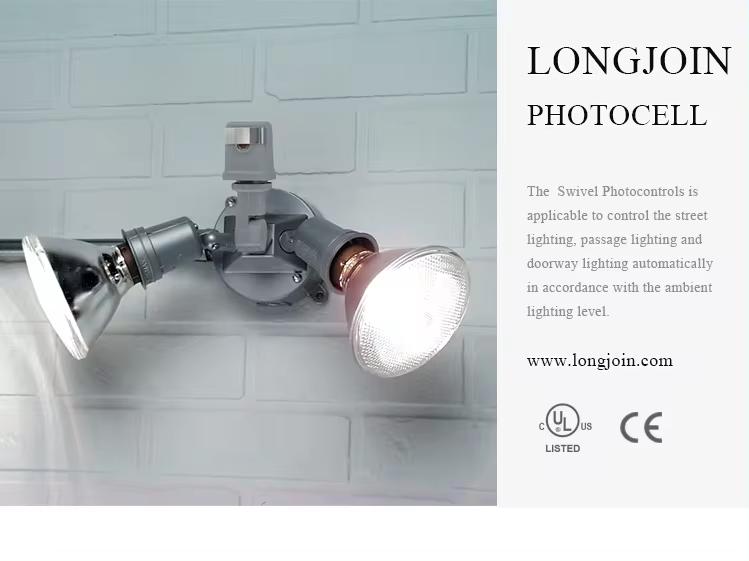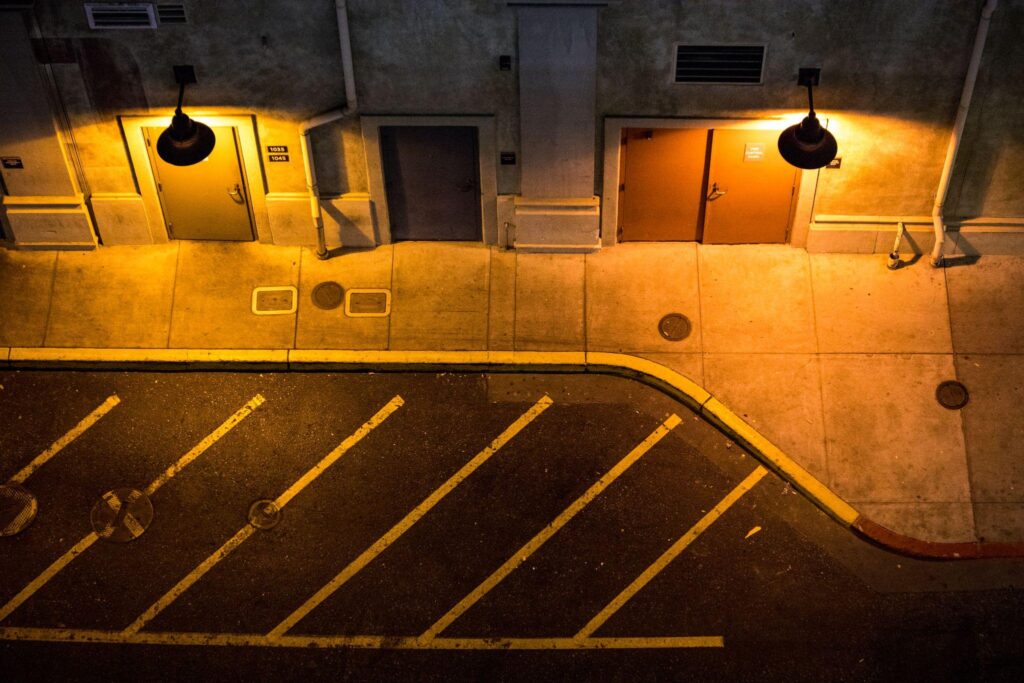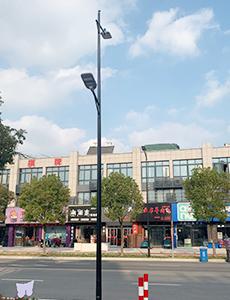Outline
- Introduction
- Compatibility Requirements
- Stability: Providing Stable Voltage And Reducing Electromagnetic Interference
- Energy Efficiency
- Integration with Smart Controls
- IoT Integration
- Remote Monitoring and Data Collection
- Communication Protocols
- Environmental Adaptability
- Waterproofing
- Dust proofing
- Vibration Resistance
- The Bottom Line
Power systems are a lifeline for any lighting setup. Specifically in the case of outdoor light sensor switch, updating them is critical for maintaining reliable and efficient lighting in modern cities. As lighting infrastructures age, power inconsistencies, electromagnetic interference, and outdated energy use models can hinder performance.
An upgraded power system ensures a stable voltage supply, reduces interference, and supports modern energy-saving technologies. These improvements also enhance the lighting system’s resilience against environmental challenges like weather and vibration.
This article will explore key requirements and considerations for upgrading power systems, covering areas such as compatibility, stability, energy efficiency, and integration with smart controls.

Compatibility Requirements
Upgrading power systems for light sensor switches requires several key compatibility considerations.
First, the physical and electrical interfaces need to be compatible. This includes matching the wiring standards, connectors, and any communication protocols between the new power systems and the controllers.
For instance, sensor switches often use specific communication interfaces like DALI or 0-10V dimming systems, so the upgraded power systems should support these without requiring extensive rewiring.
Additionally, electromagnetic compatibility (EMC) plays a crucial role in maintaining smooth operation. In this regard, using shielded cables and proper grounding can help maintain signal integrity and prevent malfunctions.
Finally, thermal management must be addressed. Outdoor environments expose systems to temperature extremes, so the upgraded power systems should feature components that can withstand heat, cold, and humidity while maintaining full compatibility with existing sensor switches.
Stability: Providing Stable Voltage And Reducing Electromagnetic Interference
To ensure the reliable and uninterrupted working of light sensor switches, stability of both the voltage and electromagnetic interference is critical.
First, the new power system must match the voltage and current ratings of the existing setup to prevent overloading or underperformance. Correct wiring is essential, as improper connections or incompatible cables can lead to malfunction or create safety hazards, especially when integrating with smart systems that transmit data over the same cables.
Moreover, electromagnetic interference (EMI) must be minimized by using shielded or twisted-pair cables, which are essential for outdoor environments where EMI can disrupt the operation of light sensor switches.
These cables help maintain reliable communication between switches and the central monitoring systems. Attention to the power load balance and avoiding voltage drops ensures that the light controllers perform optimally, especially during peak energy usage periods.
By addressing these key compatibility concerns, the upgrade process can be smoother and more reliable, enhancing the functionality and longevity of the outdoor lighting system.
Energy Efficiency
Upgrading power systems for outdoor light controllers to support energy efficiency involves several key elements. Integrating low-power components, such as LED drivers, ensures minimal energy consumption while maintaining optimal lighting performance. These systems consume significantly less power than traditional lighting setups, allowing for substantial energy savings.
Incorporating advanced technologies like smart controls further enhances efficiency. By using features such as daylight harvesting and motion sensors, lighting systems automatically adjust output based on environmental conditions or occupancy, reducing unnecessary energy use.
Additionally, smart switches facilitate data-driven energy management, optimizing power distribution and minimizing waste by tracking real-time performance. This combination of low-power operation and energy-saving technologies not only reduces electricity costs but also extends system longevity.

Integration with Smart Controls
Smart controls refer to systems that automate and remotely manage outdoor lighting, integrating advanced technologies like IoT (Internet of Things). These systems enhance the efficiency and control of outdoor lighting infrastructure by enabling remote monitoring, scheduling, and dynamic control.
Two primary types of smart controls for outdoor lighting include wired systems and wireless protocols like Zigbee, LoRaWAN, and Bluetooth.
IoT Integration
The introduction of IoT in outdoor light sensor switches has revolutionized their functioning. For instance, smart controllers utilizing IoT allow the establishment of lighting systems that can exchange data in real-time.
These smart controllers optimize and control lighting levels in response to external factors enhancing energy saving and better utilization of the system. They also allow for adaptive lighting that works depending on the volume of traffic or weather conditions.
Remote Monitoring and Data Collection
Smart lighting systems integrated with IoT utilize gateways to transmit real-time data from individual controllers to central servers. Such information includes energy consumption, voltage, and status of operation, among other aspects.
The systems also allow for remote diagnosis that enables prempt maintenance actions avoiding any disruptions. Moreover in depth data on energy consumption in real time enables much better decision making on how to conserve power consumptions.
Communication Protocols
The communication between controllers and monitoring platforms typically uses protocols like Zigbee, LoRaWAN, and Bluetooth. Zigbee is known for its reliability and efficient power usage, while LoRaWAN offers long-range connectivity and is suitable for wide-area outdoor lighting systems. Both these protocols facilitate low-power operation and flexible networking.
Environmental Adaptability
Outdoor light sensor switches face challenging environmental conditions, necessitating robust protection measures to ensure long-term functionality. Waterproofing, dustproofing, and vibration resistance are crucial for these systems to endure extreme weather, fluctuating temperatures, and physical stressors.

Waterproofing
IP-rated enclosures, such as IP66 or IP68, protect against water ingress, ensuring the components remain dry even during heavy rainfall or exposure to high-pressure water. This level of waterproofing is especially important for sensors installed in humid or coastal areas.
Dust proofing
The build-up of dust can be harmful to fragile electronic components, which in turn shortens their lifetime. Enclosures rated with an IP code can also protect against dust, thereby preventing dust particles from entering the system and compromising its quality of performance.
Vibration Resistance
Light sensor switches installed near traffic or industrial zones experience constant vibration. Reinforced housing and shock-resistant components help absorb this mechanical stress, preventing damage to internal circuits. Vibration-resistant designs ensure reliable operation even in harsh, high-traffic areas.
The Bottom Line
Upgrading power systems for outdoor light sensor switches enhances performance, energy efficiency, and environmental resilience, ensuring reliable operations in various conditions. For high-quality, durable solutions, Chi-Swear offers trusted light sensor switches tailored to meet advanced operational requirements. The products ensure reliability and efficiency, making them an excellent choice for your next upgrade.
External Links
- https://www.dali-alliance.org/dali/
- https://en.wikipedia.org/wiki/Electromagnetic_compatibility
- https://en.wikipedia.org/wiki/Electromagnetic_interference
- https://smartlighting.ieee.org/topics-ai/sml3-how-smart-lighting-saves-the-environment
- https://en.wikipedia.org/wiki/Zigbee
- https://www.iec.ch/ip-ratings






